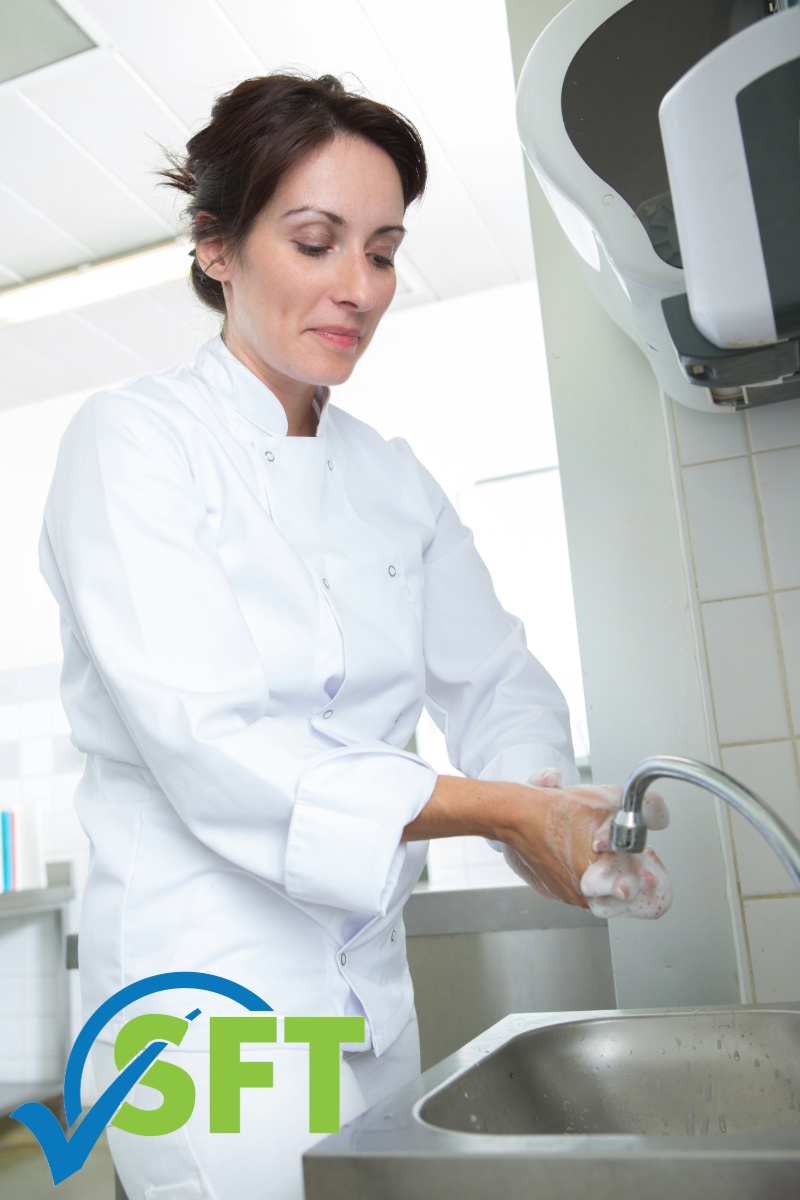As a certified food safety manager, you know that proper handwashing is the cornerstone of preventing foodborne illness. While the 20-second scrub is a critical skill taught in every certification course, your responsibility extends far beyond just the technique. The physical environment where handwashing occurs—the handwashing station itself—is a critical control point that demands constant oversight. A poorly maintained station can undermine even the best-trained staff, creating a weak link in your food safety defenses.
This guide will move beyond the basics to focus on three essential areas of management: perfecting the setup of every handwashing station. It will also reinforce the critical moments for hand hygiene and extend your high standards to guest-facing areas.
Perfecting the Setup: Anatomy of an Effective Handwashing Station
An effective handwashing policy is only as good as the tools you provide. Consider every designated hand sink, from the kitchen line to the employee restroom, as a vital piece of safety equipment. Your role is to ensure each one is always ready for service.
The Non-Negotiables: Soap, Towels, and Hot Water

A handwashing station is incomplete without its essential components. Staff should never have to search for soap or paper towels, as this creates a barrier to compliance. Always fill and make dispensers easily accessible. Furthermore, hot water is a requirement. Make it a part of your opening procedures to run the taps at each sink to ensure hot water is readily available, especially during colder months when pipes take longer to warm up.
Reinforcing Behavior with Visual Cues
Even the most experienced staff benefit from reminders. Placing a clear, simple handwashing instructional poster within view of every sink serves as a constant reinforcement of proper procedure. This simple tool helps maintain a consistent standard across your entire team, demonstrating a visible commitment to food safety.
Reinforcing the When: Critical Moments for Hand Hygiene
A certified food safety manager must instill in their team not just how to wash their hands, but also when. This requires diligent training and consistent oversight to build reflexive habits in your staff.
From Routine to High-Risk
Handwashing is required at routine intervals, such as before beginning a shift and after eating, smoking, or using the restroom. However, we must be cautious of high-risk tasks. The most critical of these is after handling raw animal proteins. This action must be automatic and immediate to prevent cross-contamination.
The Glove and Handwashing Connection
It’s a common misconception that wearing gloves replaces the need for handwashing. Gloves can be contaminated just like hands. Train staff to wash their hands before putting on new gloves and after taking them off. A change of task, especially from a raw to a ready-to-eat product, requires a glove change and handwashing.
Extending Standards: The Overlooked Guest Restroom
Your commitment to hygiene should not end where the kitchen does. Customer restrooms are a direct reflection of your establishment’s overall standards of cleanliness and safety.
A Reflection of Your Brand
A clean, well-stocked guest restroom conveys to your customers that you value their well-being. This area must have the same essential components as your staff stations: an ample supply of soap, paper towels, and readily available hot water. Failing to address this area can damage your reputation.
Promoting Public Health

Ultimately, the diligence you apply to these seemingly small details separates an adequate food safety program from an exceptional one. As a certified food safety manager, your leadership in maintaining every handwashing station and reinforcing proper protocols is crucial to keeping your food, staff, and customers safe.
You can explore our comprehensive certification and renewal courses to ensure your entire team learns these critical food safety basics.
Register for an upcoming course with Safe Food Training today!




